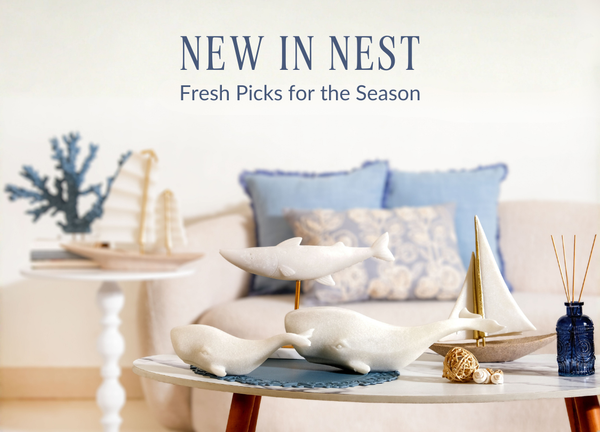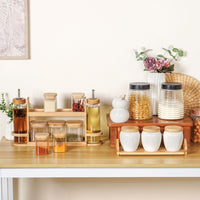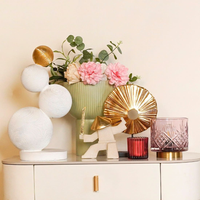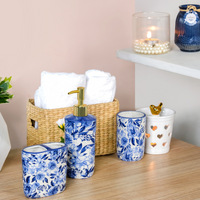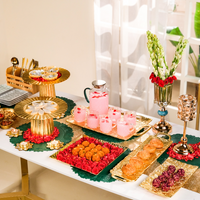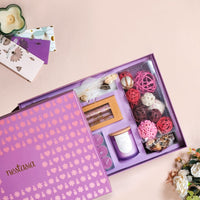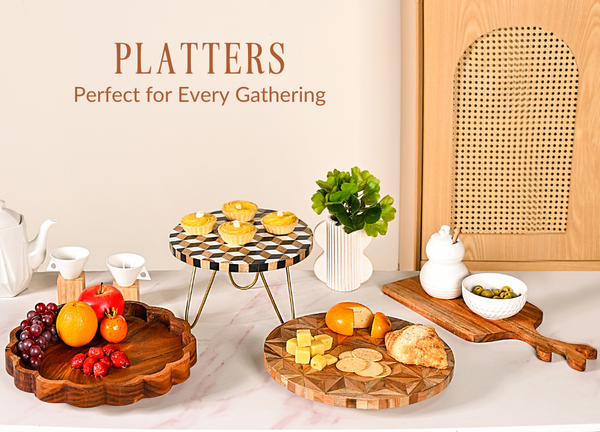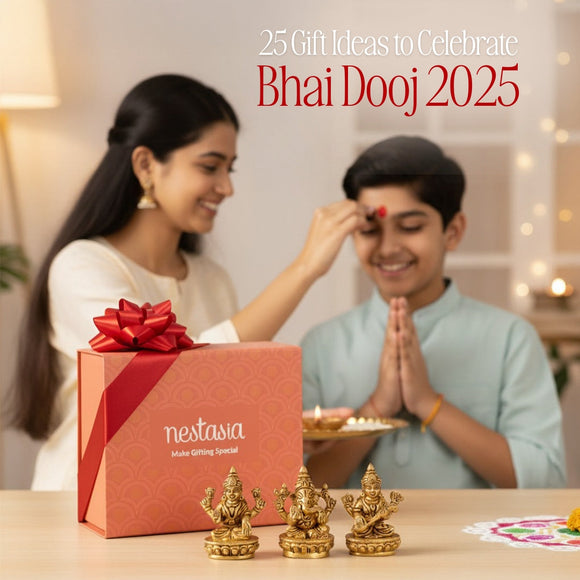Pookalam, a word that is inherently related to Onam, refers to a traditional floral arrangement or design made on the floor, primarily in the South Indian state of Kerala, during the festival of Onam.
The word “Poo” means flower, and “Kalam” means design or drawing, so it literally translates to a “flower design” that graces homes and courtyards during Kerala’s most cherished harvest festival.
Onam itself is celebrated to honour the legendary King Mahabali, whose reign is remembered as a golden era of prosperity, unity, and happiness. The festival marks his annual return to Kerala, when people welcome him with grand feasts, cultural festivities, and traditional rituals. Onam is more than just a harvest festival; it’s a celebration of Kerala’s heritage, values, and the spirit of sharing.
The Pookalam holds deep cultural and spiritual significance, as it celebrates togetherness, symbolises prosperity, harmony, and the warm welcome extended to King Mahabali.
While Pookalam is a quintessential part of Onam in Kerala, it is imperative that we should not confuse it with Rangoli, which is created in other parts of India. Though both are intricate floor designs meant to welcome prosperity and positivity, they differ in their materials, patterns, and cultural roots.
Let’s have a look at it!
|
Aspect |
Rangoli |
Pookalam |
|
Origin |
Popular across India, especially in Maharashtra, Gujarat, Karnataka, and North India |
Traditional to Kerala, associated with the harvest festival of Onam |
|
Materials Used |
Colored powders, rice flour, chalk, sand, or even flowers |
Fresh flower petals, leaves, and sometimes natural powders |
|
Occasions |
Made during Diwali, Pongal, weddings, and auspicious days |
Exclusively created during Onam to welcome King Mahabali |
|
Design Style |
Geometric patterns, deities, peacocks, cultural motifs |
Circular, layered floral designs symbolizing harmony and prosperity |
|
Symbolism |
Invites prosperity, wards off evil, and beautifies the entrance |
Represents unity, joy, and devotion, welcoming Mahabali into homes |
|
Longevity |
Powder-based designs can be smudged easily, may last a day |
Flowers stay fresh for a few hours to a day, renewed daily during Onam |
Now that we understand what makes Pookalam unique and how it differs from other traditional floor designs like Rangoli, it’s time to bring this vibrant tradition to life in your own home in unique ways!
Choosing the right flowers
Selecting the right flowers is one of the most important steps in creating a beautiful and meaningful Pookalam. Traditional blooms such as marigolds, jasmine, chrysanthemums, and hibiscus are popular choices because they offer vibrant colours and also carry cultural and festive significance.
Marigolds bring bright yellows and oranges, jasmine adds delicate white accents, and hibiscus or chrysanthemums can provide rich reds and pinks. To make your design visually striking, consider mixing contrasting colours thoughtfully while maintaining a sense of harmony, ensuring that the overall arrangement feels balanced and cohesive.
The choice of flowers not only defines the aesthetic of your Pookalam but also reflects the celebratory spirit and traditional essence of the festival.

Opt for eco-friendly choices like dried flowers or use locally sourced, seasonal flowers, these not only support sustainability but also keep your Pookalam fresh and fragrant throughout the festival.
Picking The Perfect Spot
Selecting the right location for your Pookalam is one of the most important steps in ensuring it stands out and is appreciated by everyone. The ideal spots include courtyards, entrances, verandas, or even spacious hallway areas that provide enough room for the design to unfold and remain visible from multiple angles.
While choosing the location, consider practical factors like sunlight, airflow, and foot traffic, as these can affect how long your flowers stay fresh and vibrant. Make sure there’s enough space for people to move around comfortably without disturbing the arrangement.
A carefully chosen spot not only highlights the beauty of the Pookalam but also creates a welcoming and festive atmosphere for guests and family members throughout the celebration.
Starting With A Base Design
Every beautiful Pookalam begins with a thoughtfully planned base design, which serves as a roadmap for your floral arrangement. To create this foundation, you can use materials like chalk, rice flour, or stencils to draw clear outlines and achieve perfect symmetry.
If you’re new to Pookalam, starting with simple geometric shapes such as circles, squares, or triangles can make the process easier while still looking elegant. For a more traditional look, you can incorporate classic motifs like lotuses, lamps, or concentric circles, which instantly add a cultural and festive touch.
However, the most important step is taking out enough time to plan and draw the base carefully so that the final arrangement feels balanced, visually appealing, and vibrant, providing a strong foundation for the layers and patterns to the vision of our Pookalam to life.
Adding Layers & Patterns
Once your base design is ready, the next step is to carefully layer your flowers to bring your Pookalam to life. Start by arranging petals neatly, ensuring that each layer looks clean and well-defined, which helps maintain a polished overall appearance.
You can choose whether to begin with outlining the borders to frame your design or filling in the centre first, depending on your style and comfort level. When it comes to traditional Pookalam styles from Kerala, there’s so much to draw inspiration from.
Try starting from the centre and layering your design outward in concentric circles; it’s a simple way to keep your Pookalam balanced and harmonious. Alternating colours in each layer adds a playful rhythm and makes the patterns really stand out.
You can even sneak in some small, intricate details, like tiny floral motifs or delicate shapes, to give your design extra depth and a handcrafted charm. These little touches are what make a Pookalam not just beautiful, but full of life and festive spirit.
Thoughtful layering not only enhances the vibrancy of your design but also gives it a sense of movement and rhythm, turning your Pookalam into a truly festive and eye-catching centrepiece for the celebration.
Blending Modern and Traditional Styles
One of the most exciting ways to style your Pookalam is by combining traditional designs with a modern twist. You can play around with classic patterns while introducing fresh flowers in unexpected colour combinations or simple geometric layouts for a contemporary feel.
Experimenting with bright and muted tones, or pairing soft pastels with bold colours, can give your Pookalam a fresh, contemporary vibe while still honouring tradition. To add warmth and a festive glow, place diyas, candles, or brass lamps around the design; the soft flickering light creates a cosy atmosphere and beautifully highlights the textures and colours in the evening.
You can even bring in fusion ideas, like blending Rangoli-inspired patterns with your Pookalam, to explore different shapes, colours, and layering techniques. This approach allows you to create decor that feels both contemporary and rooted in tradition, resulting in a Pookalam that’s unique, lively, and full of festive charm.
DIY and Sustainable Touches
Bring a personal and eco-friendly touch to your Onam decor by incorporating DIY and sustainable elements. Upcycling everyday natural materials like banana leaves, coconut shells, or colored powders made from flowers and spices, adds creativity while keeping your designs environmentally conscious.
You can also include biodegradable, eco-friendly decor pieces, such as plant-based potpourri, seed paper decorations, or natural fibre accents, to maintain a festive vibe without harming the environment. Thoughtful planning and layering of these elements can help keep your Pookalam or Rangoli designs looking fresh and vibrant for multiple days of Onam celebrations, making your decor both beautiful and long-lasting.
If you are looking for sustainable options, don’t forget to check out our torans and dried flowers!
Adding Final Accents
The finishing touches are what truly bring a Pookalam to life and make it stand out. Strategically placing diyas or small lamps around the design not only emphasises the intricate patterns but also fills the space with a warm, inviting glow as evening falls, giving the arrangement a magical, almost ethereal feel.
You can enhance the festive atmosphere further by including figurines, miniature brass idols, or other small decorative elements that reflect the spirit and traditions of the celebration.
Paying attention to the placement of these accents and lighting can completely transform how your Pookalam is perceived at night, casting soft, dancing shadows, highlighting the textures of the petals, and bringing out the richness of the colours.
These thoughtful final touches ensure that your decor feels lively, celebratory, and memorable, creating a centrepiece that draws admiration from everyone who sees it and adds a special, personal charm to your festival celebrations.
At last, creating a Pookalam is more than just arranging flowers; it’s an expression of creativity, tradition, and festive spirit. From carefully choosing the perfect spot and selecting vibrant blooms to layering patterns, experimenting with colours, and adding the final accents, every step contributes to a design that is both beautiful and meaningful.
Whether you stick to classic motifs, try modern twists, or blend the two, the process itself is a joyful way to celebrate culture and welcome the festive season.
With a little planning, patience, and imagination, your Pookalam can become a stunning centrepiece that delights your family and guests while keeping the rich traditions of Kerala alive in your home!
